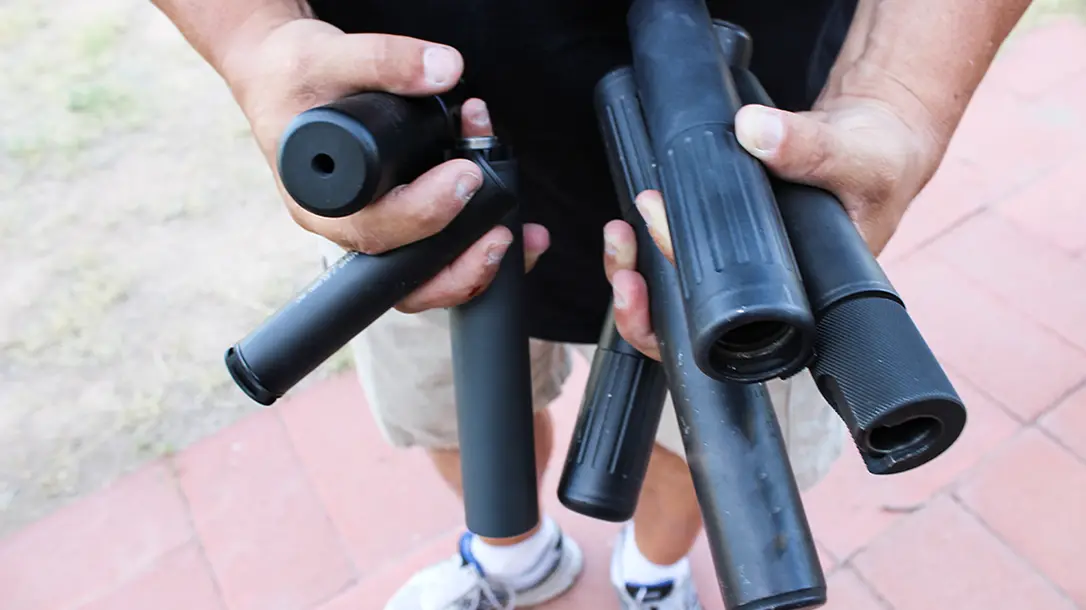There are few items in the firearms world with as much mystique and wonder as the modern-day suppressor. These handy devices have seen an astronomical increase in interest as people begin to discover all of the benefits of owning and using a suppressor on their firearms. The first step in this conversation about suppressors is to examine how these little gems work quickly. It’s time for suppressors 101.
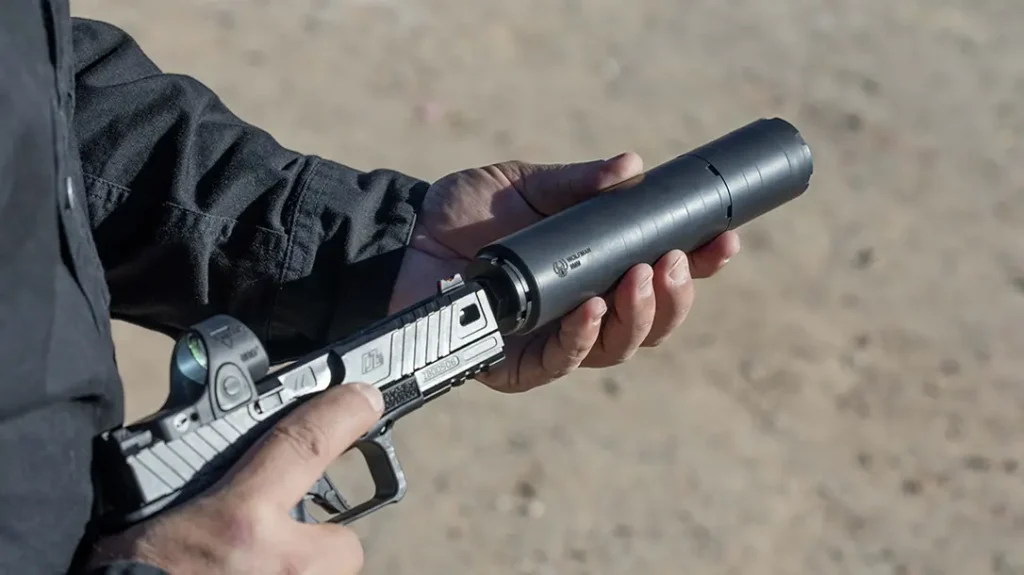
Understanding Quiet – Suppressors 101
When we press the trigger, the gun fires, and a chain of events is set into motion. The fired round produces hot and pressurized gases that force the bullet down the barrel. Once they launch the round out of the barrel, they escape into the open and, in doing so, experience a dramatic change in environment, which causes the explosive sound we hear. Suppressors work by chambering and controlling those gases to funnel and cool them more efficiently before they leave the gun.
Advertisement — Continue Reading Below
The suppressor is composed of several parts depending on the brand and design, but they all share some common parts. The main body or expansion chamber is composed of a series of baffles that efficiently funnel, cool, and spread out the gasses to reduce their noise once they reach the outside. The number and design of the baffles are often trademarked items as each company looks to find the holy grail of silence. The result of this gas pinball action is a quieter shot with reduced recoil.
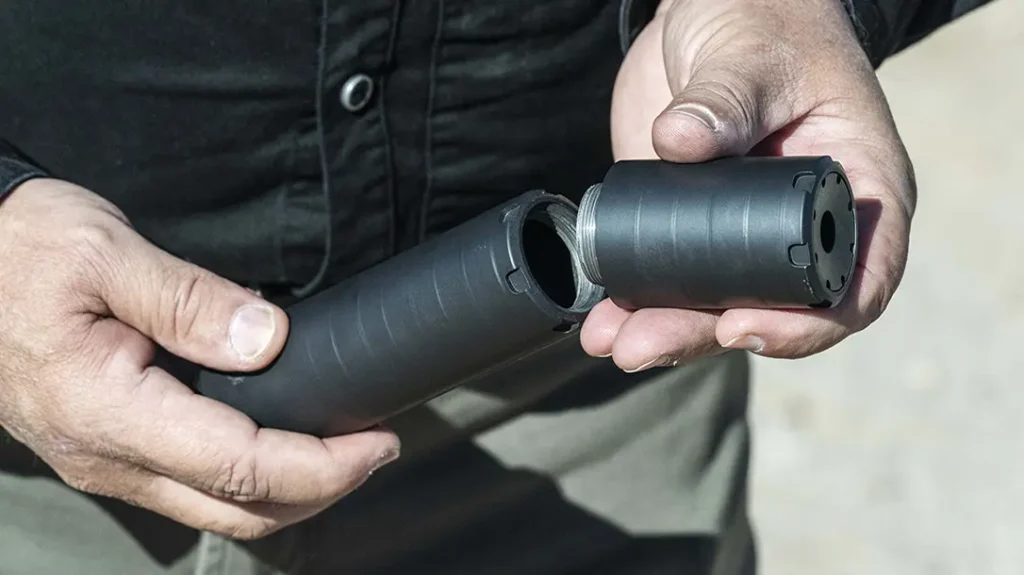
Quiet not Silent
Contrary to popular belief, suppressors do not completely eliminate the sound of a weapon being fired. Some do an exceptional job, but they are in no way truly silencers. The funny thing about that is that the ATF in the NFA division actually lists suppressors as “silencers.” Why they do is not known, but my guess is that it was a term in common use when laws were written, and it simply stuck.
Advertisement — Continue Reading Below
Suppressors are also called “cans” because of their design. The ultimate goal of a suppressor is to make the weapon “hearing safe.” This means the sound is controlled and diminished to the point that hearing protection is not required. In some guns, this is easy, and it is made easier by the use of subsonic ammunition. Others, however, will never reach that level, but the percussion of the shots is less spleen-damaging.
The perks of running a suppressor are many, but protecting your hearing is by far the most critical. This is especially true for shooters who put a lot of rounds down range each year. There is a cumulative effect, and in time, without superior hearing protection, you will begin to notice the effects. Suppressors help to reduce and even eliminate that problem.
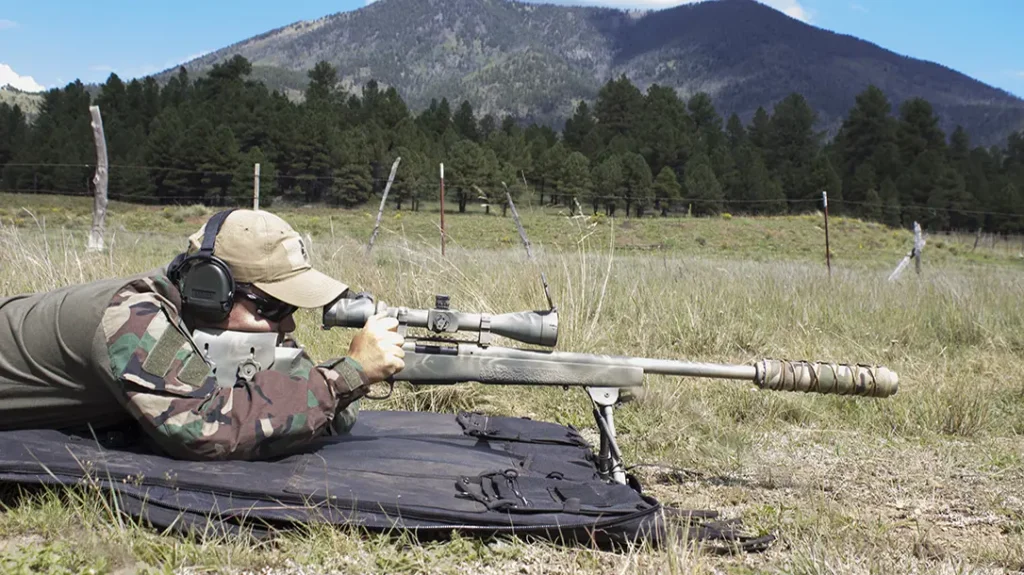
Advertisement — Continue Reading Below
Perks Beyond Sound –Suppressors 101
Another benefit is a reduction in muzzle rise. This allows us to stay on target and, in turn, shoot faster. One last positive aspect of suppressors is their ability to diminish muzzle flash. This is very important to military and law enforcement who use night vision.
There are essentially three types of suppressors that we have access to. First is the thread on can. These devices attach to the threaded portion of your rifle or pistol barrel. Once the most common type of can, they become rarer as designs have improved. Our second can is the quick detach or QD can. These devices are sold with a host muzzle device that is attached to the rifle. The can simply slides on over the top of the device and then locks into place via the companies chosen method.
These are popular because they allow us to move our can more quickly from one gun to another. All you need to do is buy additional muzzle devices, and you can share one can across many guns. The last type is integral suppressors. These are devices that are incorporated into the actual barrel of the gun. These are considered to be the quietest cans because they have larger chambers and are set up for a specific gun.
Advertisement — Continue Reading Below
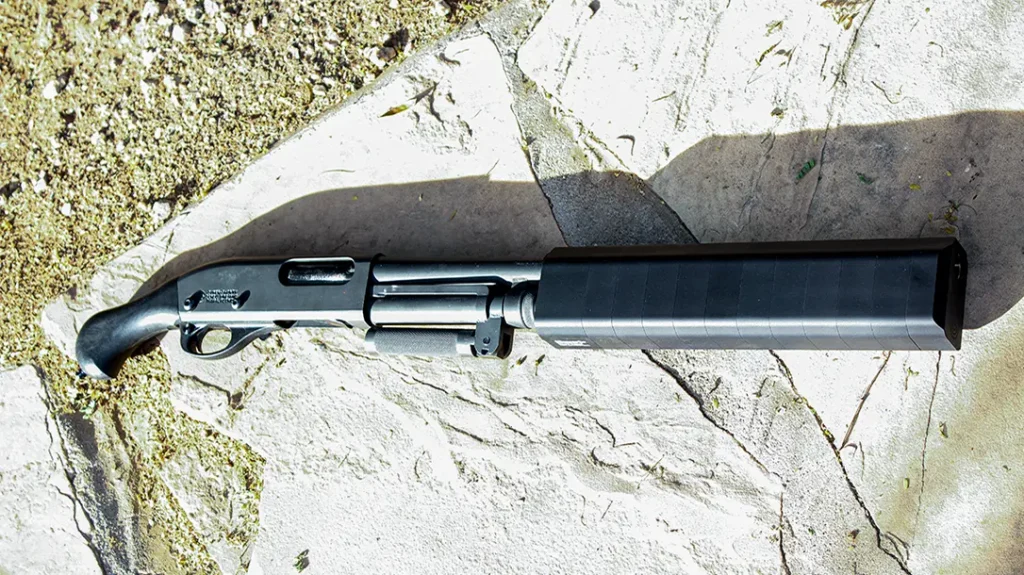
A Suppressor for Everyone – Suppressors 101
To the naked eye, these guns simply appear to have a slightly thicker barrel. A great example of this is an integrally suppressed .22LR bolt rifle with a port. When using subsonic ammunition, this gun is as close to silent as a suppressor can get. In fact, the mechanical sounds produced by the gun, such as the trigger clicking, are many times louder than the shot.
The downside to suppressors is that they fall under the National Firearms Act or NFA. This means that to get one, you need to file specific paperwork with the ATF and pay a $200 tax stamp fee. The approval process can run anywhere from 30 days to nine months or more, depending on how many forms the NFA has to process. Once approved, you will get a stamp. It looks like a fancy postage stamp and is your golden ticket to owning your suppressor. You need to go through this process for each item you can purchase, and many people have become “stamp collectors.”
Advertisement — Continue Reading Below
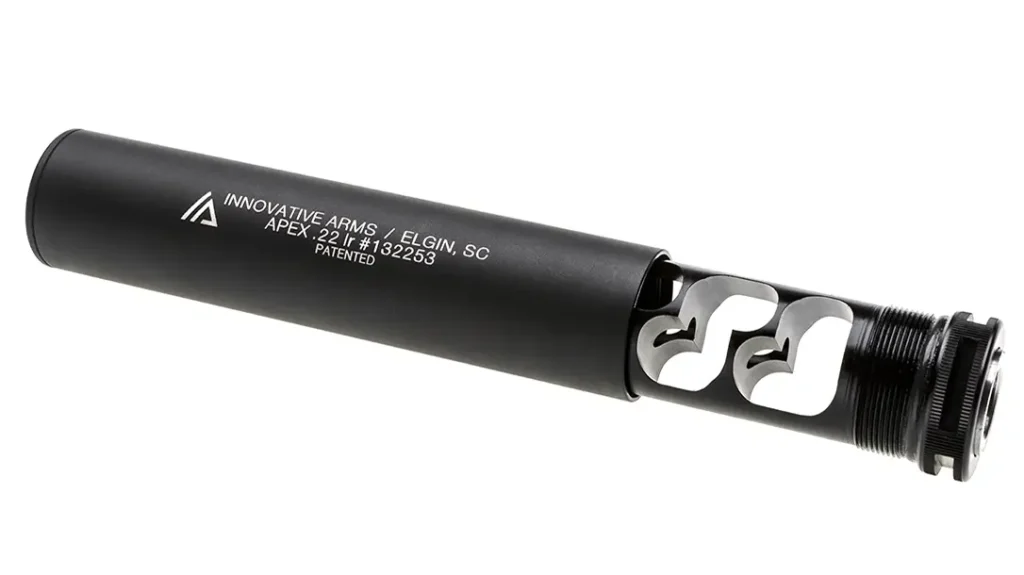
Yes, do it
Owning a suppressor is a great idea, even with it being a pain in the caboose. If you take a new friend shooting for the first time, using a suppressor is a good way to ease them into things. Once again, I will mention hearing protection as one of the major benefits. The benefits of having a suppressor far outweigh the downsides. More companies are making them, and prices have dropped dramatically over the years. If you have been considering going quiet, I encourage you to make the jump. The quicker you do the paperwork, the faster you will get your can!
For more information visit: https://americansuppressorassociation.com/
Advertisement — Continue Reading Below
